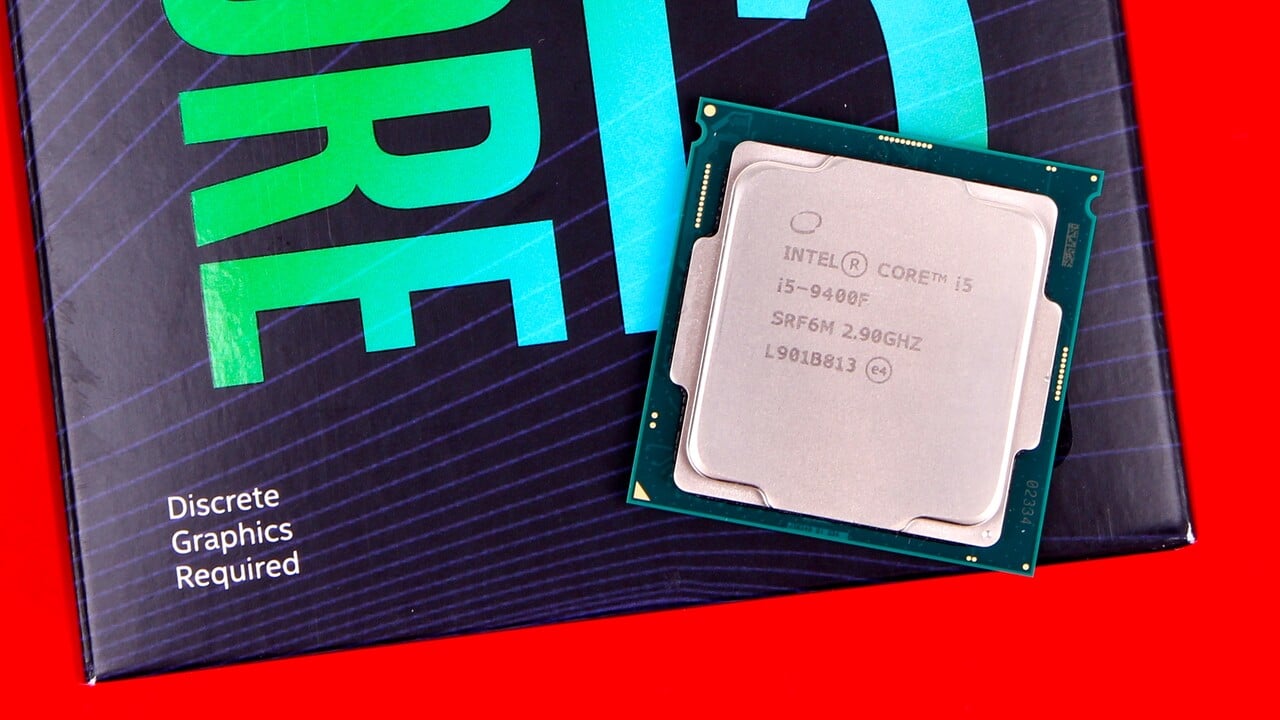– All mainstream CPUs at Intel have had an integrated graphics unit for over eight years. Now there are new processors in the market segment for the first time without iGPU, labeled as F-model. The Core i5-9400F is convincing in the test, but that is not because of its idiosyncrasy.
Coffee Lake Refresh also without graphics
For the new year, Intel surprises with processors that offer up to eight cores on the well-known LGA 1151 socket, but do not have an active graphics unit. With the "F-CPUs" this is still available on the processor die, but not activated. Intel has never made the motivation behind the CPUs official, but the group should try to sell this with defective iGPU from the overloaded 14 nm production to those who do not need an iGPU. There is no advantage in terms of technology or price.
At the same time, Intel is supplementing the Coffee Lake Refresh family, which previously only consisted of three K models (Core i9-9900K, i7-9700K & 9600K), with important solutions for the mass market to which the iGPU has remained. The Core i5, which is the focus of this test, comes first. There is also a question: does the F model offer an advantage over the conventional variant?
The system integrator MIFcom provided the appropriate sample on loan directly from retailers.
Intel Core i5-9400F: the technology
Coffee Lake Refresh (Core i-9000 for LGA 1151) is the code name of the processors with up to eight cores and follows Coffee Lake (Core i-8000 for LGA 1151). This architecture spawned the first six-core CPUs for Intel's LGA 1151 socket in October 2017: Core i7-8700K, Core i5-8600K and Core i5-8400. In particular, the small Core i5-8400 (test) surprised at the time as a good complete package of performance and price, the new Core i5-9400 (F) is now the price-equivalent, but slightly higher clocked successor.
But there is not much space in the area. Because in addition to the Core i5-8400 there is also the Core i5-8500, which has 200 MHz more clock in the base, but offers the same turbo, but costs $ 10 more. Theoretically, the Core i5-9400 would now rank below that. However, since the turbo is used in 99 percent of the work, the performance will also be the same. At a glance, it looks like this:
Intel does not solder the heat spreader
With Coffee Lake Refresh, Intel tackled a year-long point of criticism that the competitor AMD with its Ryzen CPUs had recently brought back into focus: The heatspreader is soldered back to the processor die on the top models (9900K, 9700K and 9600K). At Coffee Lake Refresh, the thermal paste, also known colloquially as "toothpaste", is actually a thing of the past. The last architecture that Intel had generally followed was Sandy Bridge. At Coffee Lake Refresh, Intel calls the new old connection classic Solder-Based Thermal Interface Material (STIM),
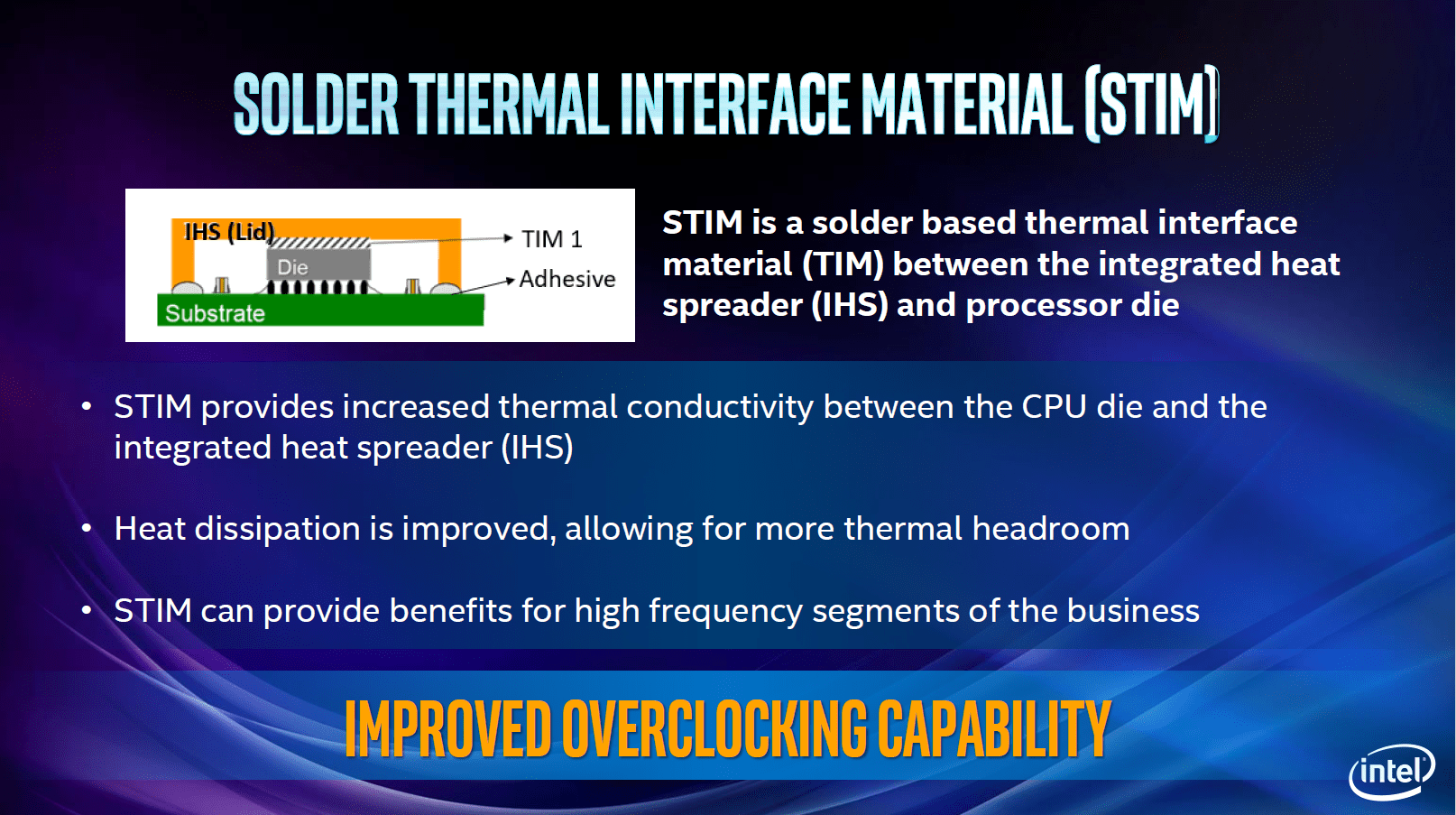
But the smaller CPUs like the Intel Core i5-9400 (F) will not be soldered (at least at the beginning). Intel confirmed images of decapitated processors that had shown classic thermal paste. This can also be seen in the heatspreader: the one used for soldering is a different model and comes from a different factory. But not only is the heat spreader different, the underlying package is also much thicker with the Core i9-9900K, while the 9400 uses the same as the 8400. This strengthens the evidence that it is ultimately the previous Coffee Lake under one new name.
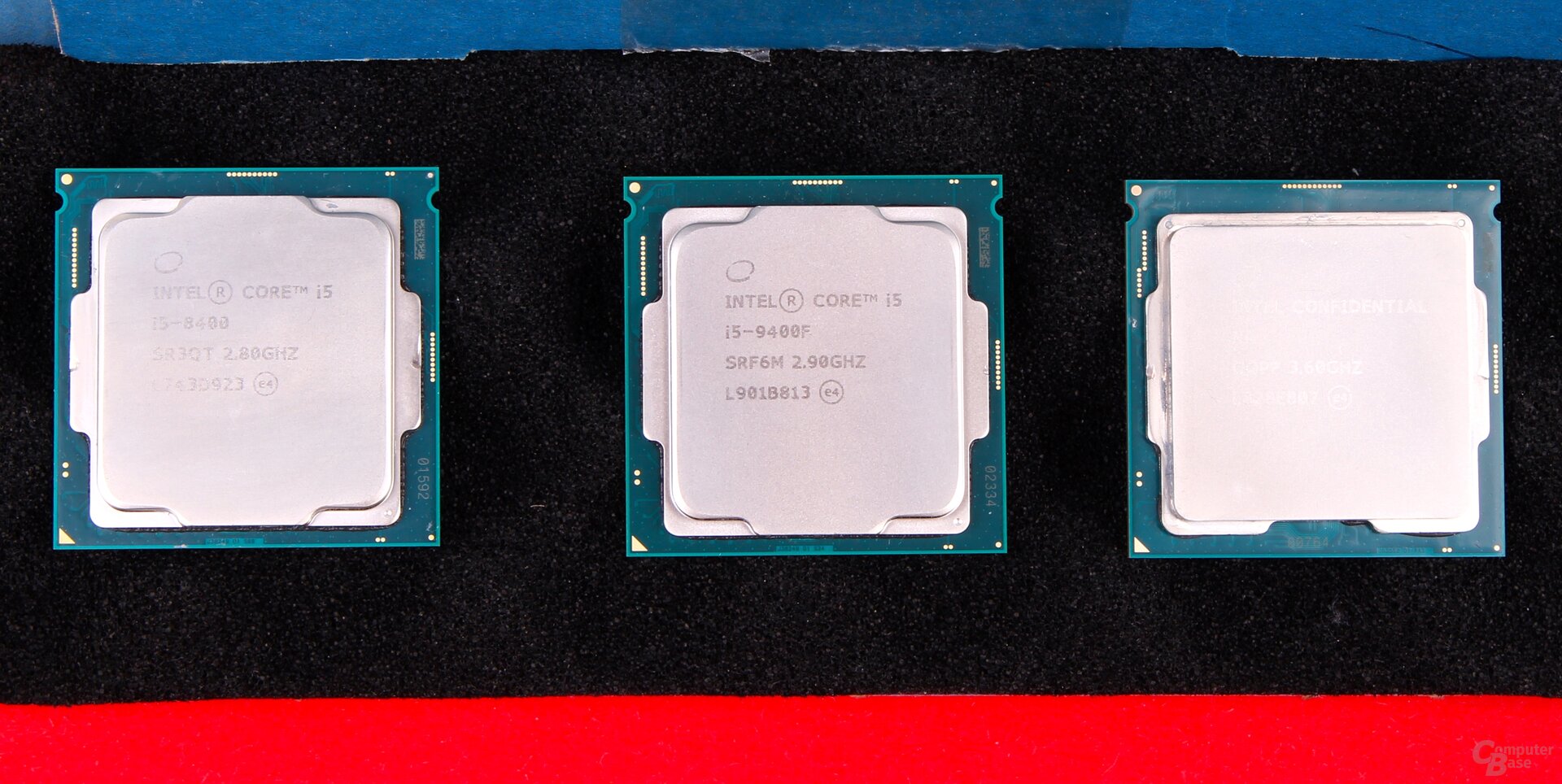
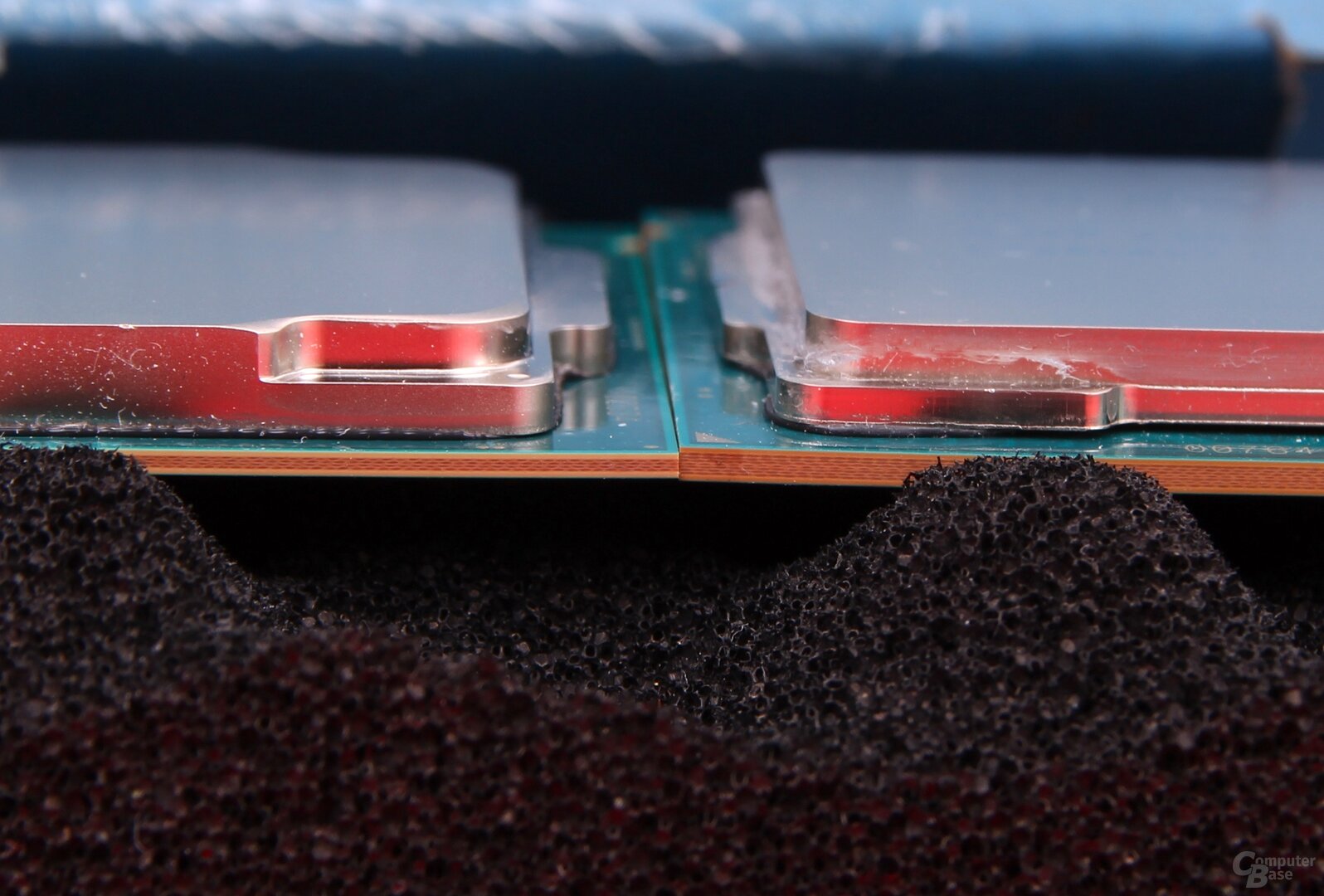
Tom's hardware reports that the heat spreader should be adjusted in the future, but the soldering remains "the faster processors" Reserved. For example, the Core i3 series should only ever use thermal paste. It is still unclear exactly where the border runs. It's similar with AMD: Raven Ridge as a Core i3 opponent is also not soldered. AMD emphasized that it was simply a question of cost.
A 300 motherboard is required
Like all Coffee Lake processors, the Core i-9000 also needs a motherboard of the 300 generation to refresh the previous series. Since the Core i5-9400 (F) does not have a freely definable multiplier, it does not have to be a Z390 or Z370 mainboard, as is well known, the multiplier can only be freely selected there. In the end, the target group of the CPU is most likely to be traveling with a B360 or H370 mainboard, which is available from 60 euros and 85 euros respectively.
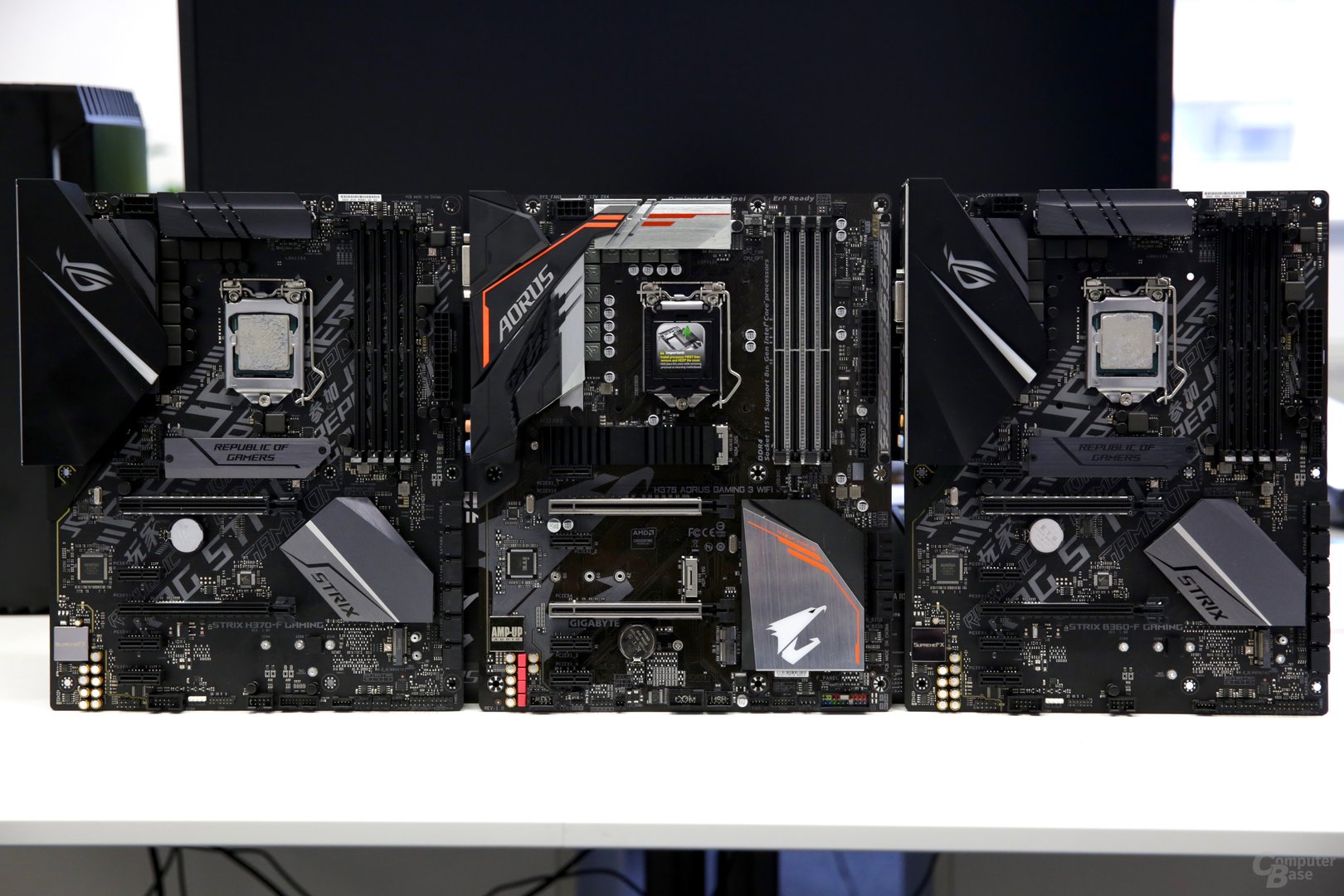
All dates and prices of the 9000 series at a glance
The Coffee Lake and Coffee Lake Refresh CPUs have countless things in common. Nothing has changed in the graphics unit, for example, but the memory support remains the same. Only Intel knows why Intel continues to stick with DDR4-2666, even though the CPUs are now also able to drive higher memory clock speeds without any problems. Intel's memory controller has always proven to be very clock-friendly, and values beyond the DDR4-4000 brand usually work with all overclockable K models from Intel. AMD recently released the first Raven-Ridge APUs DDR4-3200 as official specification and Ryzen 2000 uses DDR4-2933.
All Coffee Lake Refresh, as well as the predecessors Coffee Lake, are also designed with suitable BIOS updates for the mainboards for the operation of up to 128 GB of RAM in the form of the new 32 GB bars.
On the next page: test methodology and test results




